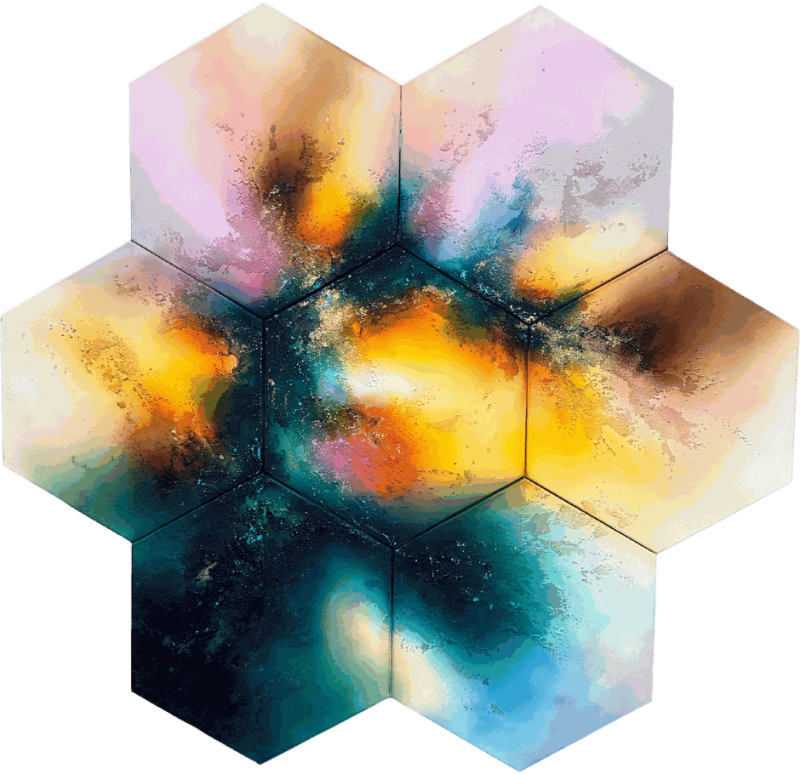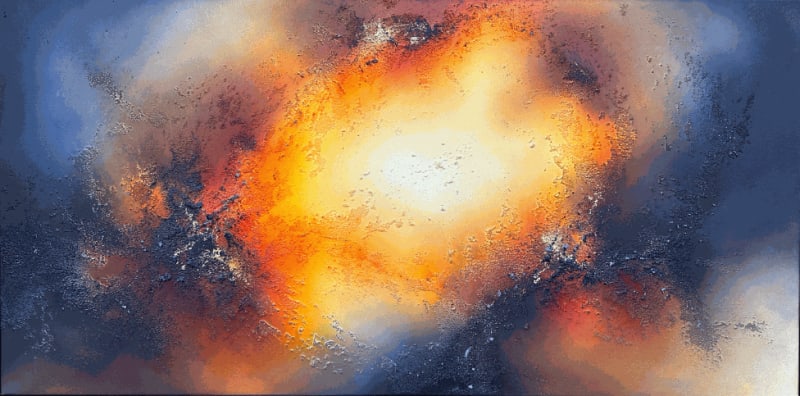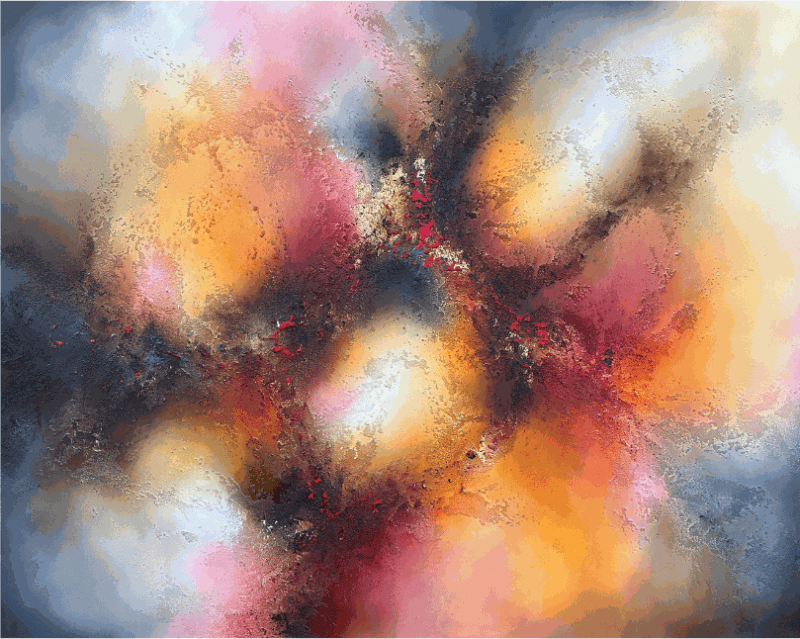Urban art and street art are often used interchangeably, but they represent distinct forms of artistic expression. Urban art encompasses a wide range of art forms found in urban environments, including graffiti, murals, installations, and performances. Street art, on the other hand, specifically refers to art created in public spaces, often illicitly, and is characterized by its subversive nature and engagement with the urban landscape.
The role of street art in urban regeneration cannot be understated. In many cities around the world, street art has been embraced as a tool for revitalizing neglected neighborhoods and transforming urban spaces into vibrant cultural hubs. Street art festivals and mural projects bring communities together, attract tourists, and stimulate economic growth, breathing new life into once-decaying areas.
The history of urban art dates back centuries, with graffiti and murals being prevalent forms of expression in ancient civilizations. However, street art as a distinct movement emerged in the late 20th century, fueled by social and political unrest, the rise of hip-hop culture, and the proliferation of spray paint as a medium. Artists like Jean-Michel Basquiat, Keith Haring, and Banksy played pivotal roles in popularizing street art and pushing its boundaries.
Street art originated in the streets and subways of New York City in the 1970s and quickly spread to cities around the world, becoming a global phenomenon. Over the years, street art has evolved from simple tags and throw-ups to complex murals and multimedia installations. Artists experiment with a wide range of techniques and materials, from stencils and wheatpaste to digital projections and augmented reality, pushing the boundaries of what street art can be.
The impact of street art on society is profound and multifaceted. It challenges traditional notions of art and ownership, blurring the lines between public and private space. Street art gives voice to marginalized communities, addresses social and political issues, and fosters dialogue and debate. It also serves as a form of cultural expression and identity, reflecting the diversity and complexity of urban life.
Street art is influenced by a myriad of factors, including graffiti culture, hip-hop music, punk rock, pop art, and indigenous traditions. Artists draw inspiration from their surroundings, incorporating elements of architecture, history, and popular culture into their work. Tom Payne, an artist represented by Eclectic Gallery, is deeply inspired by street art and vibrant colours. His colourful abstract works, with sand used for texture, capture the energy and spontaneity of street art while exploring new forms of expression.
In conclusion, the evolution of street art reflects the ever-changing landscape of urban culture and creativity. From its humble beginnings as an underground movement to its current status as a global phenomenon, street art continues to captivate and inspire audiences around the world. As we continue to trace its development, we gain a deeper appreciation for the power of art to transform our cities and our lives.




